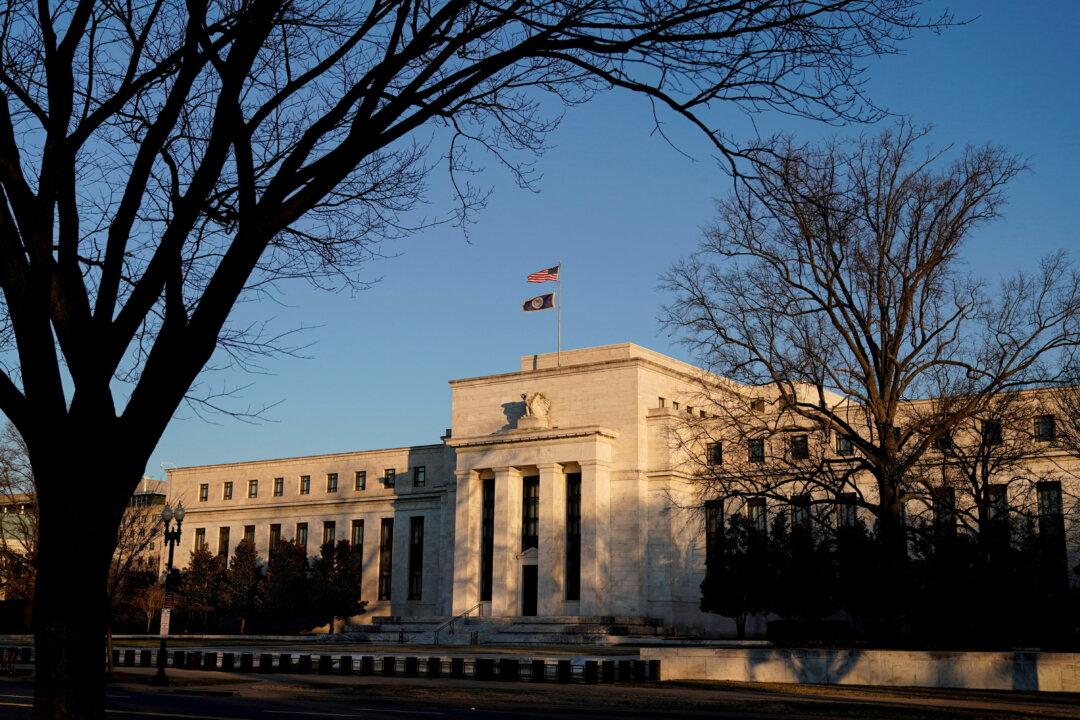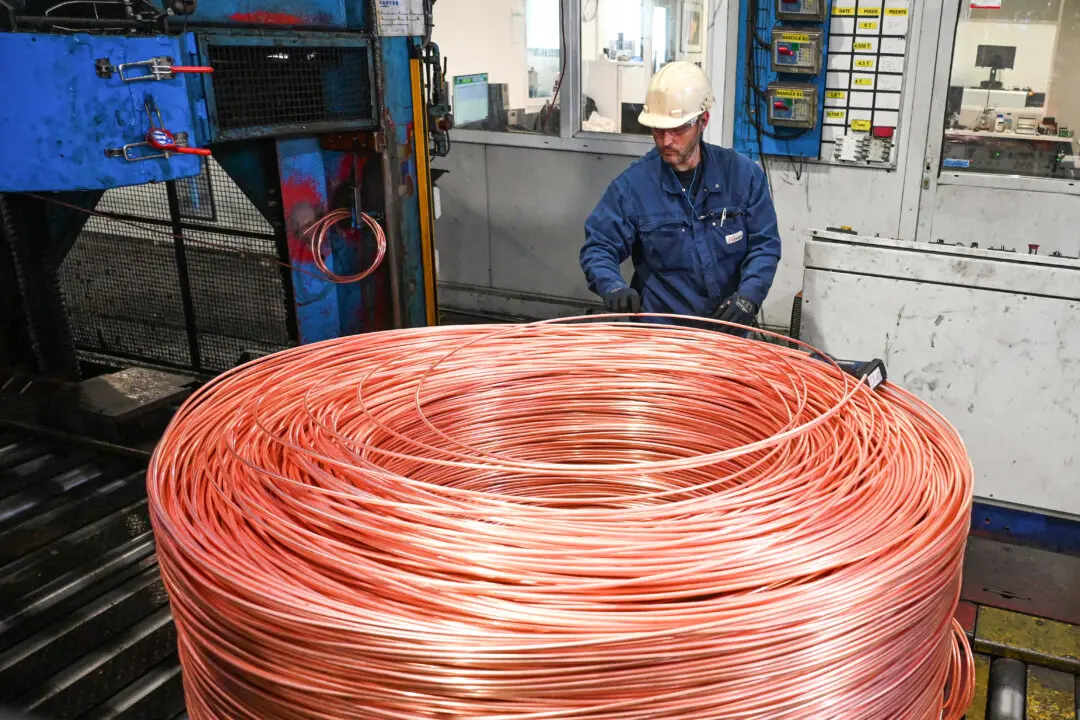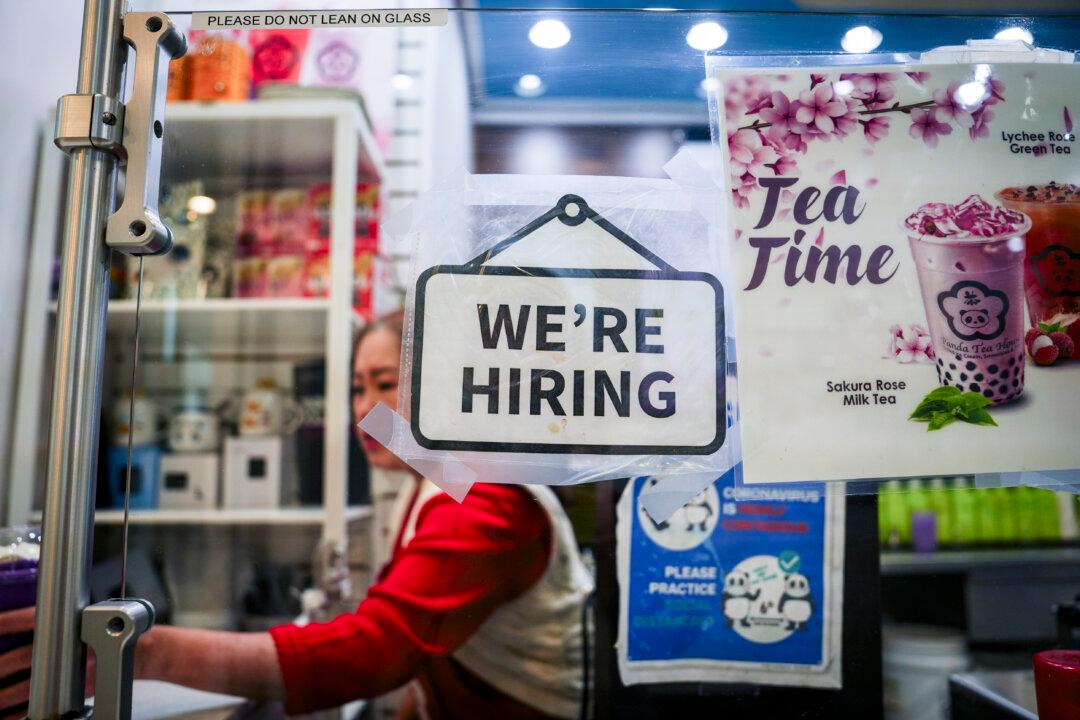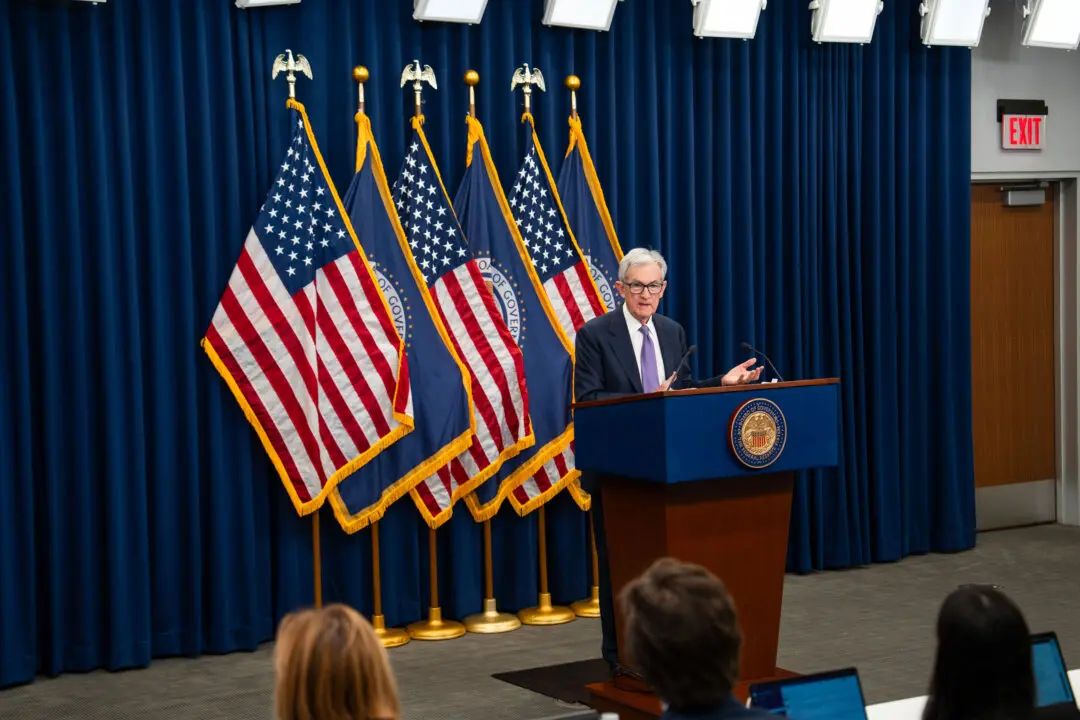The Federal Reserve can deploy 50-basis-point interest rate hikes for the next two to three meetings to curb inflation that’s running at a 40-year high, Atlanta Fed Bank President Raphael Bostic says.
Bostic, who was one of the first central bank officials to retire the term “transitory” last year, told Bloomberg that the institution doesn’t need to be more aggressive than it already is in fighting inflation.





